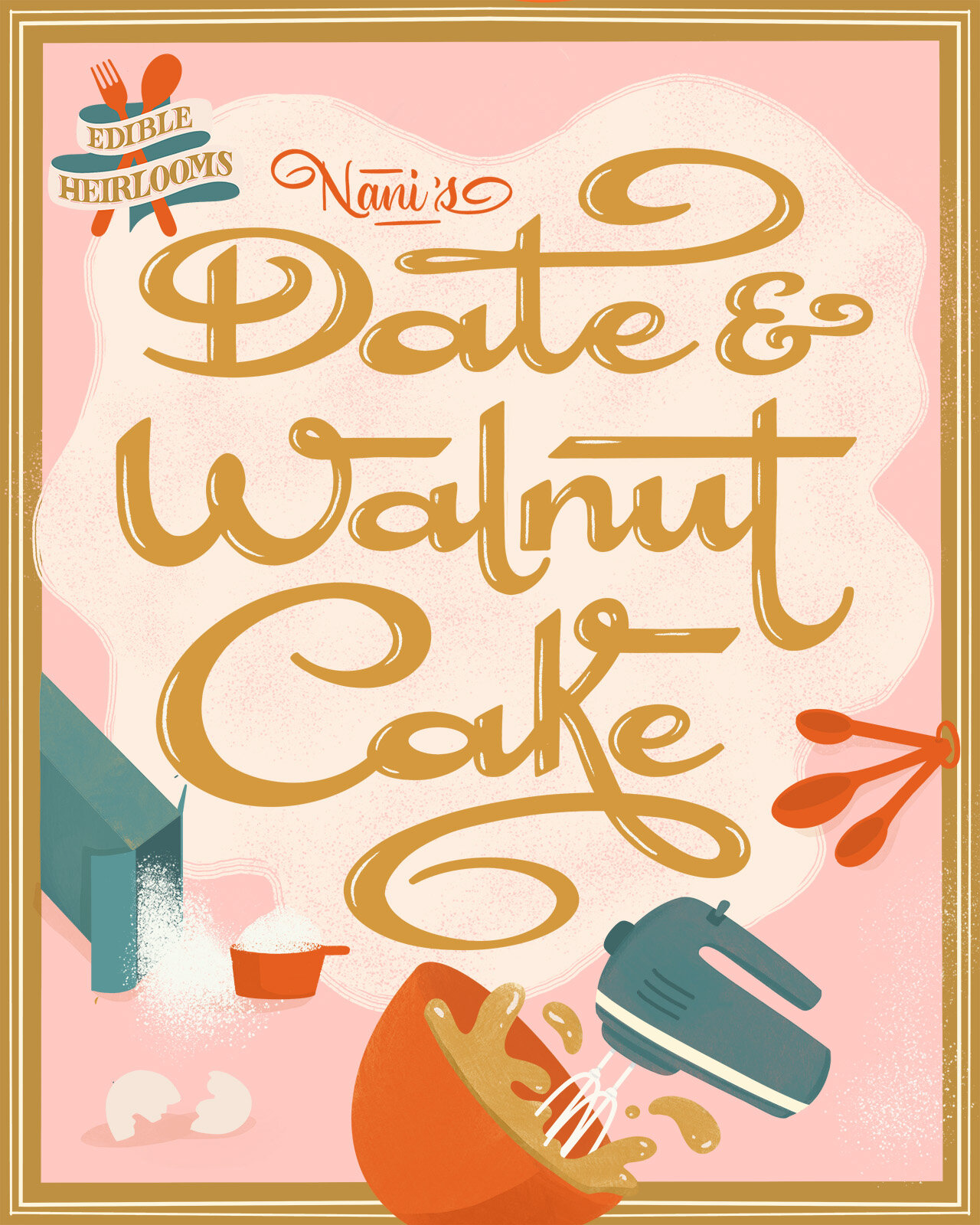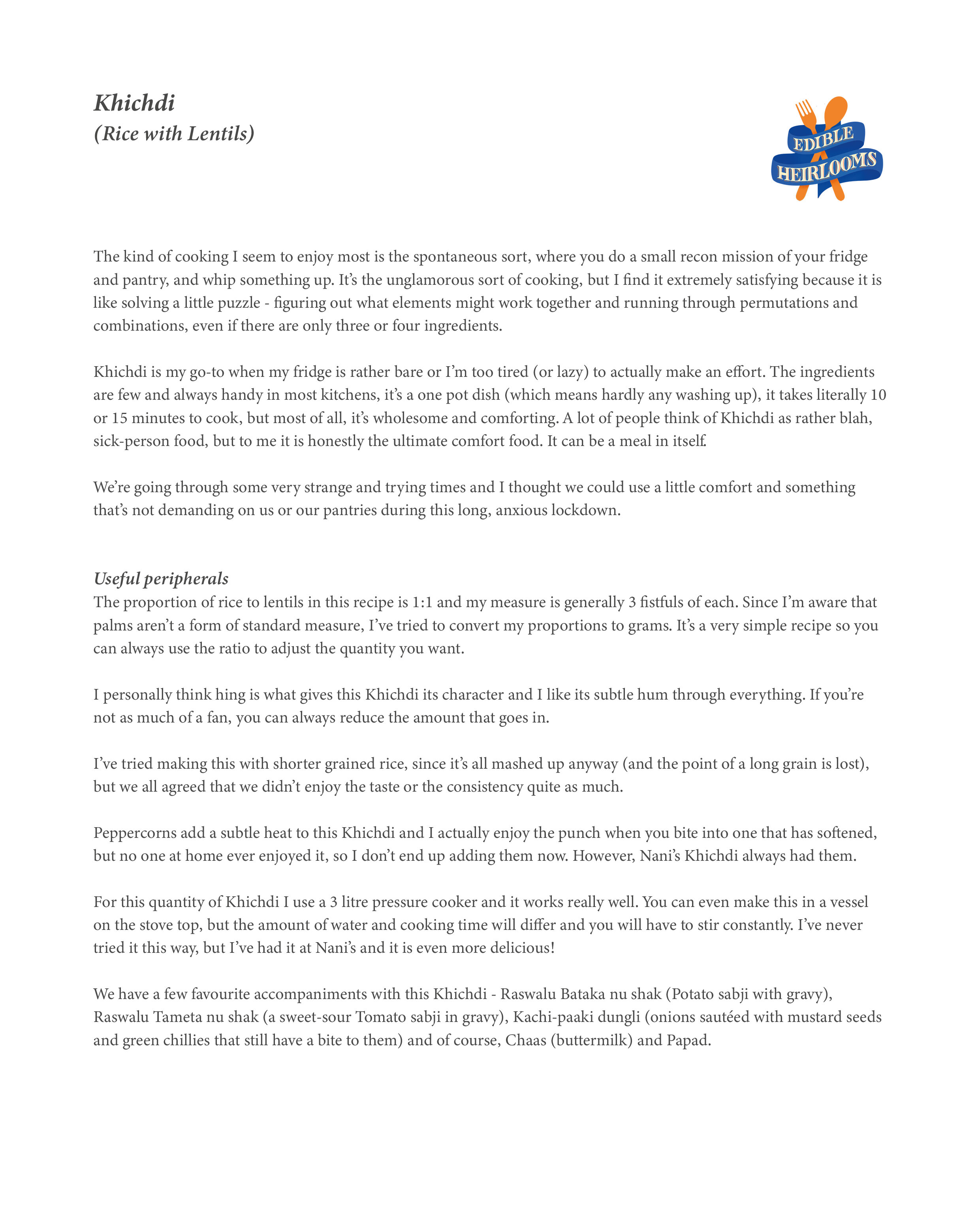A cake is such a fascinating thing. It is a celebration.
For me, it is in itself a celebration even if there’s no occasion. The store bought ones certainly look the part and they’re nice, but there’s just something about a homemade cake - just the act of making one and then consuming it, is most joyful. Whether it is trying to run your fingers over the beater to lick the remnants of batter, or following the intense aroma all the way to the oven as it bakes, whether it is anxiously peering in through the facade of the oven as it starts to rise or just cutting into that first slice - it is positively enchanting.
As a child, on my birthdays (and maybe even other people’s birthdays) the thing that I was most excited about, was the cake. I still remember going to my friend Rhia’s birthday and witnessing the most beautiful butterfly shaped cake (the antennae were made of candy canes) made by her grandmother - the memory just never left me! And it would have gnawed at me, but for the fact that my mum and her side of the family are phenomenal bakers. All cake cravings were more than satisfied.
This baking aspect has intrigued me for a while now and made me wonder about food and its relationship to history and politics even. In a time that most people neither had the knowhow, the equipment or the resources, how did baking and cakes make its way into a Kutchi family? I have images of a colonial India and some theories, but I’d love to know exactly how it happened.
I’d love to be able to trace it back some day, but for now, I’m going to talk about my Nani’s Date and Walnut Cake. Whether it was at home, or while we traveled, she’s always been super resourceful and generous with food and feeding people. Somehow, she’d always pack it in a reused orange mithai box. The minute you opened it, there was a caramel-y aroma, as a sheet of butter paper concealed it from view. The crinkle of the paper as you pulled it back to reveal the cake only added to the excitement. Sitting there in this humble little box was this cake with a caramelised top - both crunchy and chewy, but with a light, moist crumb. Every bite has hits of caramel, pops of sweetness from the dates and then bits of walnuts to provide relief from all the sweetness - basically prepping your palette to start over again with the next bite.
What I love about this cake and homemade cakes in general is how forgiving they can be. Even if they don’t look the part, they’re basically flavour bombs. Sometimes the more imperfect they look, the better they taste!
This cake in particular is great for someone who doesn’t bake much because it’s one of those, throw-everything-together kind of cakes and it isn’t daunting in the least.
Make it without an occasion and like my dad said to me once, ‘just celebrate’.
I personally prefer measurements in grams, but this one is in cups - you can’t really go wrong though.
Ingredients
1 cup (deseeded) dates, chopped
1/2 cup walnuts, chopped
1 cup granulated sugar
1 cup boiling water
1 and 1/2 cups flour
1 egg
1/4 cup butter
1 tsp baking powder
1 tsp soda bicarb
1 tsp vanilla extract
Pinch salt
For the glaze
1/2 cup walnuts, chopped
1/4 cup brown sugar
1/4 cup light cream
1/3 cup butter
Pinch salt
Method
Preheat oven to 180C and prepare an 8in x 8in baking tin.
In a bowl, sieve the flour, soda bicarb and baking powder. In another bowl pour the boiling water over the dates and let them sit till soft and squidgy. Combine the walnuts, egg, sugar butter and dates. Lastly, fold the dry ingredients into the wet a tablespoon at a time and spread evenly in the baking tin.
Depending on your oven, baking times will vary anywhere between 30-40 minutes.
For the glaze, bring the cream, sugar, butter to a boil and then add the chopped walnuts. When there’s ten minutes left on the cake timer, pour the glaze over the cake and let it bake for the remainder of the 10 minutes.
The result will be a caramelised, chewy top with a soft, moist crumb. Best served warm and with good quality ice cream or cream, if you’re feeling indulgent.
Peripheral tips
- All of the ingredients in this recipe can be combined by hand, you don’t need a beater, but a whisk and a silicone spatula are very helpful.
- To prepare the baking tin, I grease it with butter, then coat it with a thin film of flour and but a sheet of butter paper at the bottom just for insurance.





